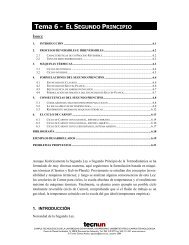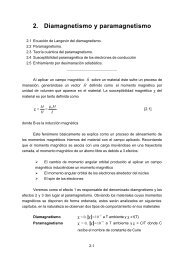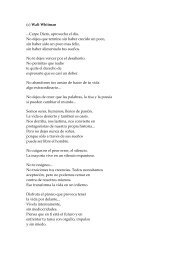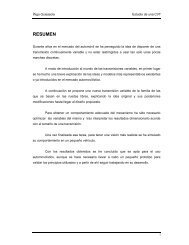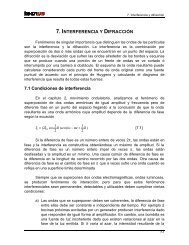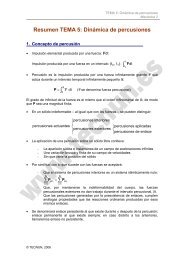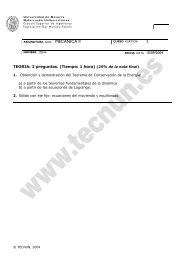Análisis de Regresión y Correlación con MINITAB - Tecnun
Análisis de Regresión y Correlación con MINITAB - Tecnun
Análisis de Regresión y Correlación con MINITAB - Tecnun
You also want an ePaper? Increase the reach of your titles
YUMPU automatically turns print PDFs into web optimized ePapers that Google loves.
Ejemplo práctico <strong>con</strong> <strong>MINITAB</strong><br />
Correlations: Tiempo; Edad; Peso; Experiencia; EnCarrera; EnBici; EnNatación; Co<br />
Tiempo Edad Peso Experien EnCarrer EnBici EnNataci CoCarrer CoBici<br />
Edad 0,361<br />
Peso 0,249 0,342<br />
Experien -0,436 0,414 0,254<br />
EnCarrer -0,469 -0,288 -0,090 0,349<br />
EnBici -0,492 -0,356 -0,091 0,137 0,792<br />
EnNataci -0,430 -0,419 0,132 -0,005 0,479 0,691<br />
CoCarrer -0,695 -0,306 -0,506 0,183 0,255 0,147 0,160<br />
CoBici -0,647 -0,441 -0,474 0,146 0,376 0,323 0,090 0,695<br />
CoNataci -0,596 -0,635 -0,340 0,134 0,478 0,415 0,380 0,548 0,652<br />
Ejemplo práctico <strong>con</strong> <strong>MINITAB</strong><br />
Cuando existen muchas variables X que pue<strong>de</strong>n influir en la<br />
respuesta Y, estas opciones pue<strong>de</strong>n resultar complicadas <strong>de</strong><br />
interpretar.<br />
¿Cómo resuelve este problema <strong>MINITAB</strong>?<br />
Stepwise:crea un mo<strong>de</strong>lo paso a paso, eligiendo primero la variable X<br />
que mejor explica la Y, añadiendo <strong>de</strong>spués una a una, otras X que<br />
junto <strong>con</strong> las anteriores aporten información. Para, cuando no<br />
encuentra ninguna más <strong>de</strong> las que quedan fuera que añada<br />
información<br />
Best Subsets: Crea sub<strong>con</strong>juntos <strong>de</strong> n variables X que mejor explican<br />
Y




